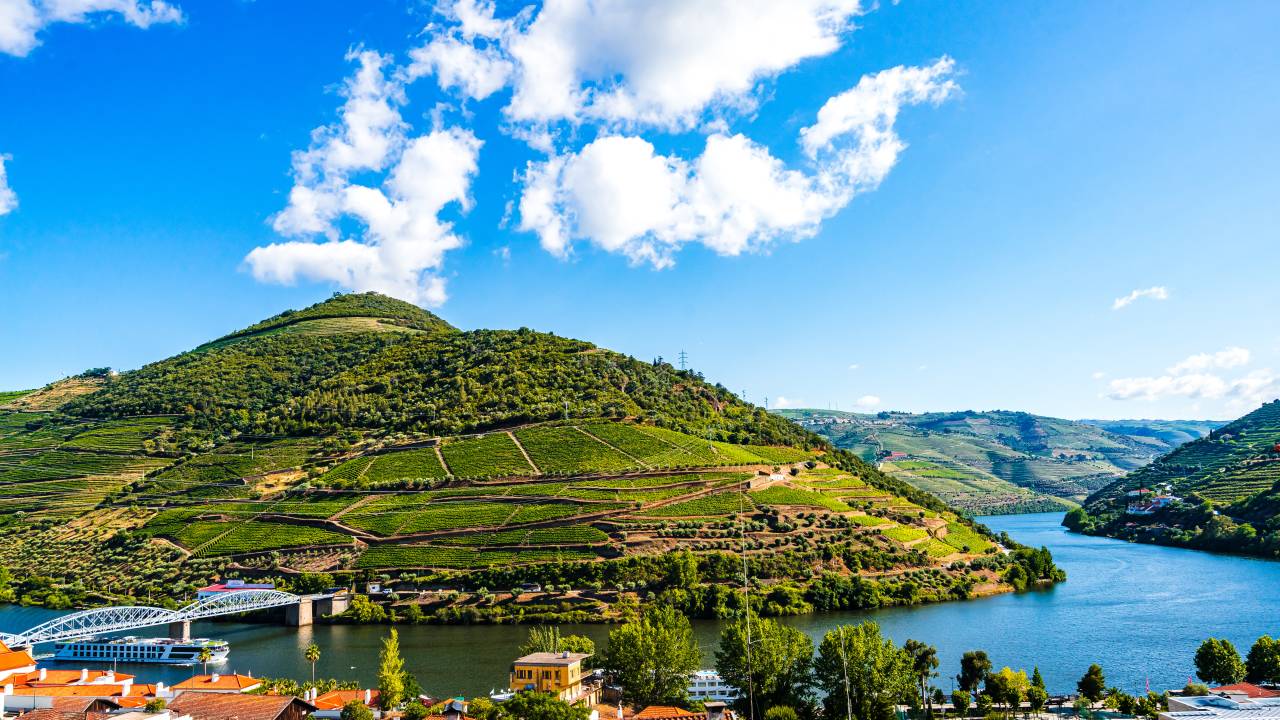
Expert Insights
- Home
- Insights

This is where walking and trekking adventures go beyond the obvious, and into the extraordinary
Read More
Go beyond the tarmac and into the heart of a destination with these epic cycling adventures.
Read More
Make this year the year you go beyond the guidebook gloss and into the rhythms, rituals and real stories that bring a place to life.
Read More
For walkers seeking big mountain scenery without the strain, the Dolomites deliver long views, well-marked trails and a landscape shaped by both nature and history.
Read More
From cultural immersion and riding the rails to wellness and wildlife, this is where curiosity is taking us next year
Read More
Japan’s traditions aren’t just preserved in museums, but found in the everyday rhythms of this little-known city…
Read More
Your next great story? Find it in the top adventures trips for 2026, from epic treks to wild escapes, chosen by the experts
Read More
In a world full of cycling adventures, picking the right one is essential. Thankfully, João Colaço has six expert tips to help
Read More
Hike, bike, or city hop? Find your next great adventure in sunny Portugal
Read More
After winning Exodus Leader of the Year, Roshan Fernando knew his money could make a big difference
Read More
The Adventure Begins Here
Get regular inspiration straight to your inbox from Exodus’ experts.
